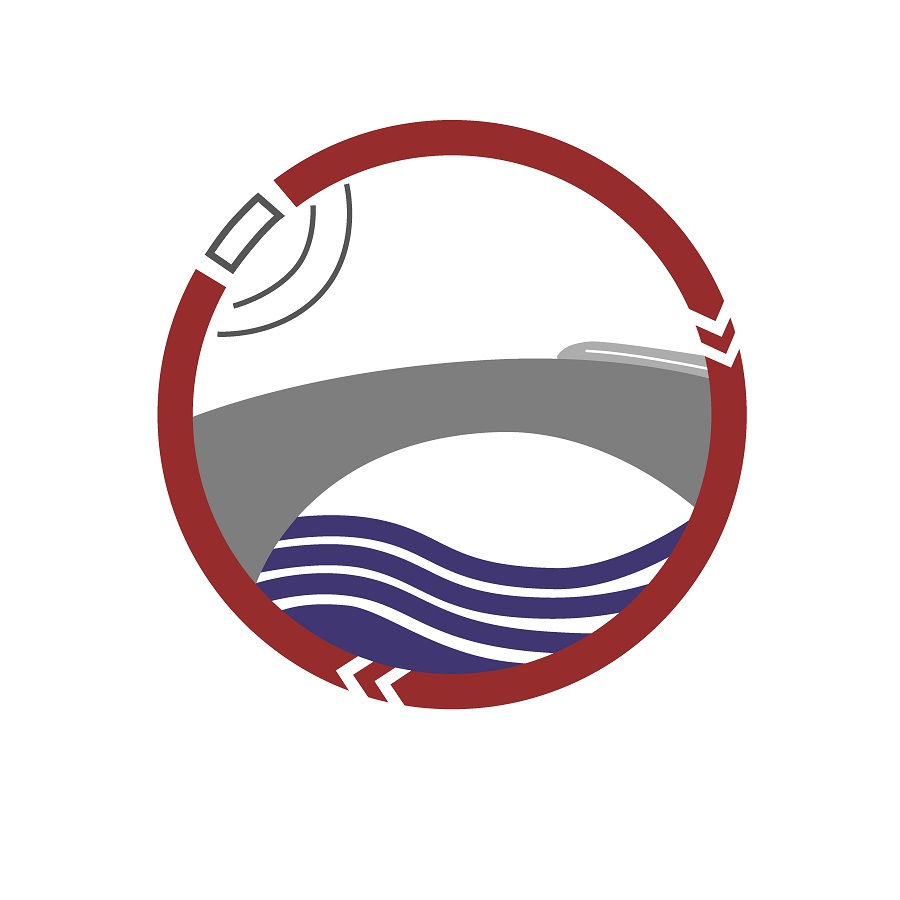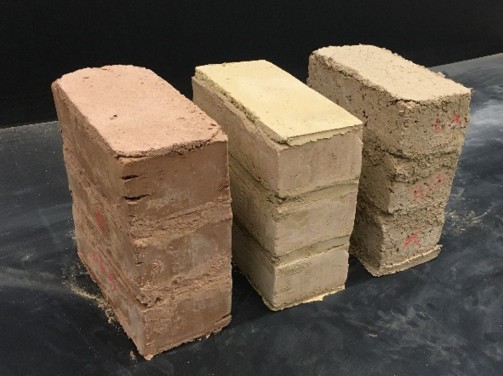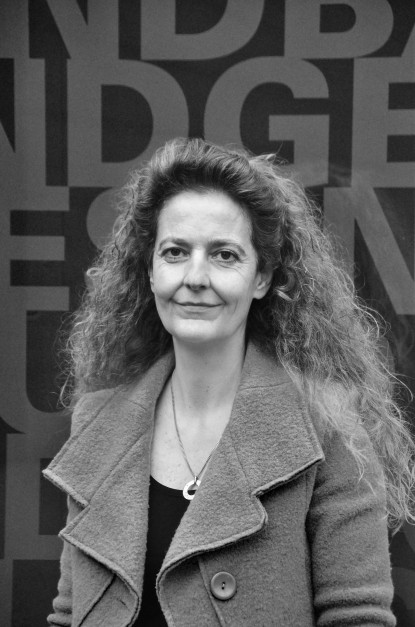| Project name | Development of a verification concept for earth masonry walls under shear loading |
|---|---|
| Acronym | LM-Schub |
| Project partner |
|
| Grantor | This project is funded by the Bundesinstitut für Bau-, Stadt- und Raumforschung on behalf of the Bundesministeriums für Wohnen, Stadtentwicklung und Bauwesen with funds from the Zukunft Bau research funding program. |
| Duration | 015.10.2023 bis 15.10.2026 |
|
Research field |
M+M (E+E > Energy + Environment I+I > Information + Intelligence M+M > Matter + Materials) |
| Project content |
In this research project, a scientific investigation of the load-bearing behaviour of earth masonry walls under shear loads is carried out with the aim of developing a practical design concept based on Eurocode 6, which enables the widespread use of environmentally friendly earth masonry. Earthen masonry is currently mainly used for non-load-bearing walls and infills. Load-bearing earth masonry constructions still play a subordinate role due to application restrictions imposed by the greatly simplified Lehmbau Regeln valid in Germany until 2023. The new design standard DIN 18940 for load-bearing earth masonry for buildings of up to four storeys has been introduced. However, in neither of the two standards, there is a design concept for shear-loaded earth masonry walls under horizontal loads from e.g. wind and earthquakes. There is currently a lack of both, the necessary experience values and the scientific basis for assessing the bracing of multi-storey earth masonry buildings. This severely restricts building design and the widespread use of earth masonry, although this construction method could make a decisive contribution to reducing CO2 emissions and conserving resources in the construction sector. The following steps create the basis for the design of bracing walls made of earth masonry: Small wallet tests are used to determine the relevant material properties as a function of moisture, wall tests provide information on the failure modes and bearing loads, and the design concept is finally validated by developing a numerical model and conducting a parameter study. The Dachverband Lehm e.V. supports this research project as a representative of companies active in earth structures. In addition, the knowledge transfer between construction practice and research is established through the collaboration with the company Lehmwerk Kleinfahner. |
Department of Civil and Environmental Engineering

research project LM-Schub
Development of a verification concept for earth masonry walls under shear loading
research project LM-Schub
Development of a verification concept for earth masonry walls under shear loading











